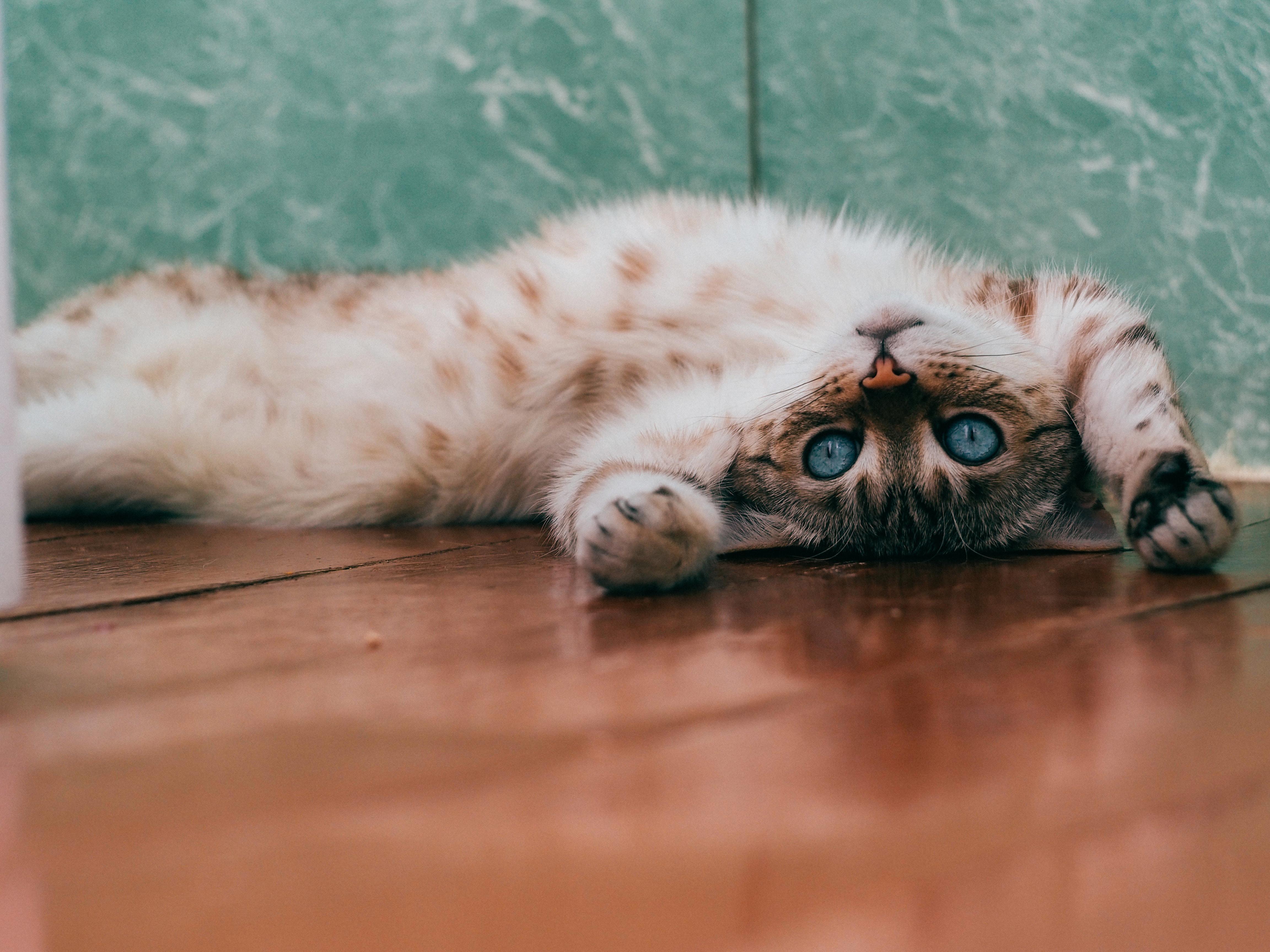Do you have a cat that you love and care for? Is your cat’s health important to you? If you answered yes to both of these questions, then you should read this blog post. In this blog post, you’ll learn about the signs to look out for in order to detect an ear infection in your cat. Ear infections can be painful and uncomfortable for your cat and can cause long-term health issues if left untreated. So, it’s important to be aware of the signs and take your cat to the vet if they display any symptoms. Read on to learn more!
Ear infections are a common problem in cats, and can cause a great deal of pain and discomfort if not treated promptly. While ear infections can be difficult to detect, there are some tell-tale signs that may indicate your cat is suffering from an ear infection. In this blog post, we’ll discuss how to detect an ear infection in your cat, and the steps you can take to get your feline friend the help they need.
The first sign of an ear infection in a cat is an excessive amount of wax or debris in their ears. If you notice a buildup of wax, you should take your cat to the vet for a professional examination. If the vet finds a significant amount of wax or debris in your cat’s ear canal, they may suggest a course of treatment to clear it up.
Another common sign of an ear infection in cats is shaking or tilting their head. This is a sign that the infection is causing your cat pain and discomfort. If you notice your cat shaking or tilting their head, it’s important to get them to the vet immediately.
In addition to shaking or tilting their head, cats may also show signs of aggression or irritability when you touch or clean their ears. This is because they are in pain, and don’t want to be touched in that area. If you notice your cat is exhibiting aggression when you touch their ears, it’s important to take them to the vet right away.

Another sign of an ear infection in cats is scratching at their ears. If your cat is constantly scratching or pawing at their ears, this is a sign that there is something causing them pain. It’s important to take your cat to the vet if this behavior persists, as it could be a sign of an underlying infection.
Finally, if your cat’s ears appear red or inflamed, it’s important to take them to the vet right away. This is a sign that the infection is more advanced, and needs to be treated promptly.
If you suspect your cat may have an ear infection, it’s important to take them to the vet right away. Ear infections can be painful and uncomfortable for cats, and can cause permanent damage if not treated promptly. Your vet will be able to diagnose your cat’s condition and suggest a course of treatment to clear up the infection. If left untreated, ear infections can become more severe and cause long-term damage to your cat’s ears.
In conclusion, it’s important to be aware of the signs of an ear infection in cats, so that you can get your feline friend the help they need. If you notice any of the signs discussed in this blog post, it’s important to take your cat to the vet as soon as possible. With prompt treatment, ear infections can usually be cleared up quickly and your cat can get back to feeling better in no time.
It is essential for cat owners to learn how to detect an ear infection in their pet. Knowing the signs can help you get your cat the medical attention they need and keep them comfortable. Keep in mind that some symptoms of an ear infection in cats are similar to other health issues. If you are unsure, it is always best to consult with your veterinarian to ensure your cat is healthy. With these tips, you can ensure that your cat is safe and healthy, and never has to suffer from an undiagnosed ear infection.







